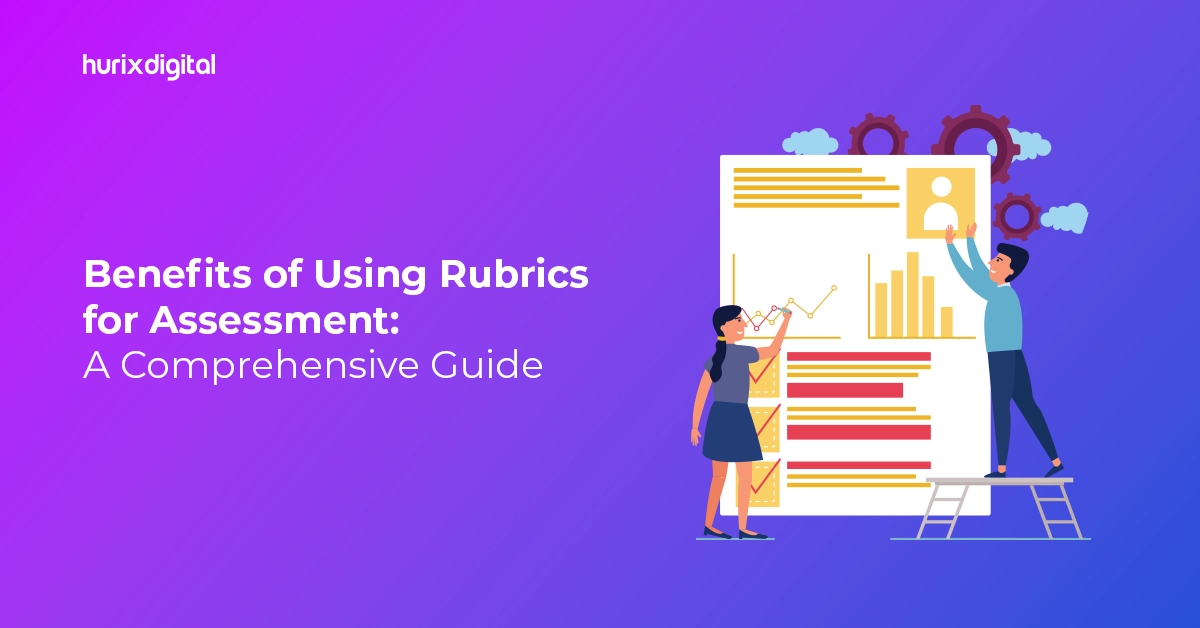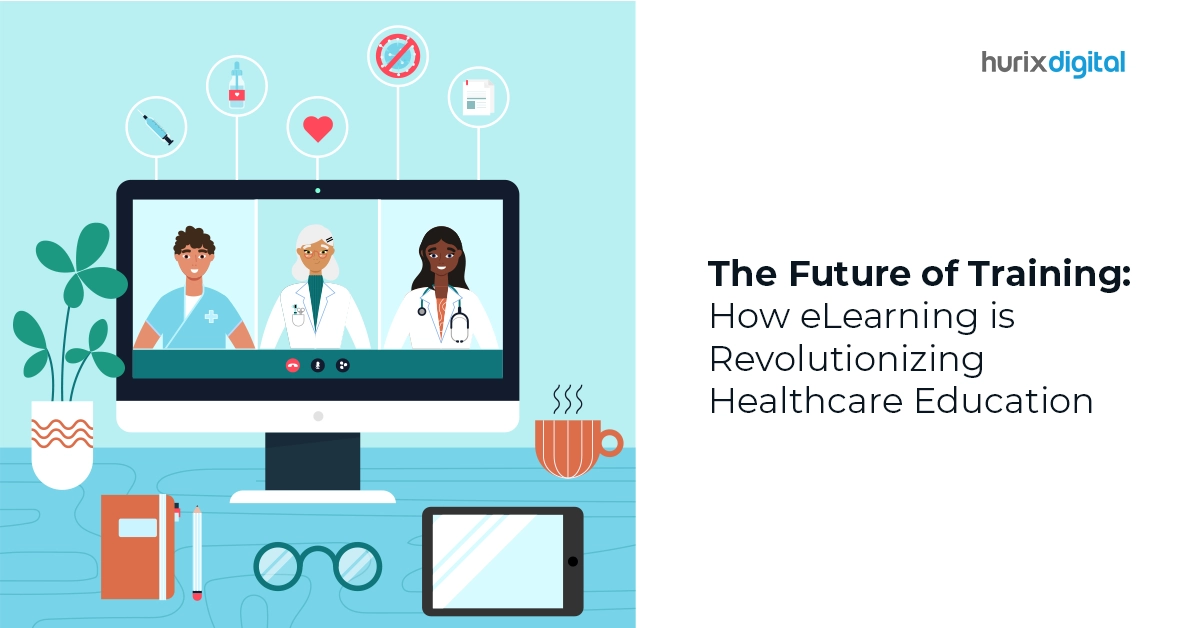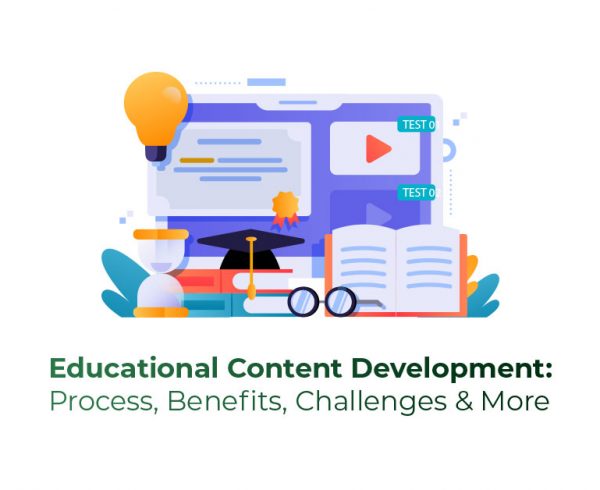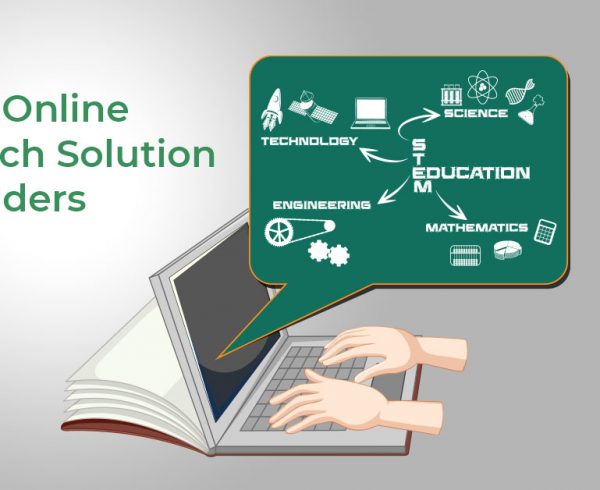Summary
This post provides you with a comprehensive overview of the benefits of using rubrics for assessment. You can now apply these principles in the classroom, improving the learning experience and ensuring fair and effective assessment.
In the realm of education, the importance of fair and effective assessment cannot be overstated. Rubrics stand out as pivotal tools in this regard, offering a structured, clear, and consistent method for evaluating student work.
These tools are designed with a grid-like structure, encompassing various criteria, scores, and levels to provide a comprehensive assessment framework.
Rubrics come in many forms, tailored to different educational levels, including K-12, and are instrumental in applying consistent learning standards in the classroom. Their major advantage lies in delivering a balanced and descriptive evaluation of student performance, ensuring that each aspect of the task is duly considered.
In this post, we will explore how it streamlines the grading process and enhances the educational experience by promoting transparency, critical thinking, and a deeper engagement in the learning process.
Read on!
Table of Contents:
- Understanding Rubrics in Education
- Key Components of a Rubric
- Advantages of Implementing Rubrics in Academic Assessment
- Conclusion
Understanding Rubrics in Education
A rubric is a scoring tool that determines a specific set of criteria for assessing and articulating certain components for a task or assignment, such as group projects, research papers, presentations, and portfolios.
Rubric-based assessments help instructors grade students’ performances more objectively as they address various issues related to traditional forms of assessment.
Rubrics assessment in higher education can be used to assess a range of activities like presentations, term papers, group assignments, and participation expectations. It not only provides a clear and detailed framework for both students and educators but also ensures that each element of the assignment is fairly evaluated.
This structured approach allows educators to break down the task into specific, measurable components, making it easier to assess complex assignments comprehensively.
Also Read: Online Assessment Test: The Ultimate Way To Track Students’ Progress
Key Components of a Rubric
Rubrics are typically constructed as a grid-type structure with sections for various elements, such as criteria, scores, levels of performance, and descriptors.
1. Criteria
In rubrics, criteria identify the features, traits, or dimensions that are to be measured. These criteria are defined, and rubric assessment examples are included for better clarity. The criteria are determined from checklists, assignments, and grading sheets.
Criteria for the term paper rubric include the following:
- Introduction
- Analysis
- Grammar
- Punctuation
- Spelling
- Citations
- Conclusion
- References
2. Performance Levels
These are simply adjectives that describe the level of performance. This element determines the degree of performance that has been met and provides for consistent and objective evaluation of the performance.
Performance levels convey to the students what is expected from them and where they need to improve.
Below are words commonly used to describe levels of performance:
- Poor, fair, good, excellent
- Undeveloped, beginning, developing, accomplished, exemplary,
- Beginner, apprentice, master
- Incomplete, complete
3. Scores
Scores refer to the system of values and numbers used to rate the different criteria. They are often combined with levels of performance to get an objective evaluation. Instructors figure out how many points are needed to describe the range of performance and then decide the scores.
For example:
1, 2, 3, 4, 5 or 5, 10, 15, 20, 25
4. Descriptors
Descriptors are used to explicitly describe the performance of the students and explain how the score is calculated. They explain the criteria for each level of performance and tell the students what is expected of them.
Descriptors are detailed and give a good idea of what performance at different levels looks like. It helps students understand the specific requirements for achieving each level of performance, providing a clear roadmap for success.
Advantages of Implementing Rubrics in Academic Assessment
Using rubrics for assessment is considered one of the topmost assessment best practices due to its objectivity. Both the instructors and students get to enjoy rubrics advantages in many ways.
Below are the key advantages of implementing rubrics in academic assessment:
1. Efficient Time Management in Grading
Utilizing rubrics in assessment significantly reduces grading time by providing instructors with a pre-defined, detailed grid. This approach eliminates the need for extensive individual comments, allowing for quicker and more efficient grading.
2. Identifying Student Strengths and Weaknesses
Rubrics offer a precise method for instructors to pinpoint students’ strengths and weaknesses. It also becomes simple for instructors to assess an entire class’s common strengths and weaknesses and make changes to the curriculum accordingly.
3. Ensuring Fairness and Impartiality in Assessment
Traditional assessment methods can be susceptible to instructor bias. Rubrics help in mitigating this by establishing clear, objective criteria for scoring, ensuring a more equitable evaluation of student performance.
4. Achieving Uniformity in Academic Evaluation
In higher education, rubrics ensure consistent and reproducible scoring, enhancing the precision and reliability of evaluations.
Rubrics make use of reproducible scoring that allows for greater precision and reliability in scoring for individuals at different levels and for multiple individuals in one course. Rubrics can also reduce the uncertainty that often accompanies traditional methods of grading.
5. Enhancing Clarity in Educational Expectations
Using rubrics for assessment allows instructors to organize their thoughts with more clarity.
They provide a framework to prioritize and assess criteria effectively, allowing for the potential redesign of course content to better align with learning objectives.
6. Fostering Effective Peer Review Among Students
Rubrics allow for better peer feedback for students. With the help of rubrics, students can provide more accurate peer feedback to others and also self-assess with more precision.
Rubrics make it easier for students to compare their work with the criteria and understand why they received the score they did.
Also Read: What is the Assessment Rubric for Teachers in Higher Education?
Conclusion
Rubrics for assessment are effective tools that can benefit both educators and students. These meticulously designed frameworks enable a consistent, objective assessment across a diverse array of assignments and activities.
For students, rubrics are more than just grading tools; they are beacons of clarity, illuminating the path of their academic journey by providing concrete guidelines and expectations.
However, note that for these frameworks to be effective, they need to be designed and constructed well. Hurix Digital, with over two decades of experience in online education and corporate training, is your best bet when it comes to constructing rubrics for your educational institution.
Get in touch with our experts today to know more!











